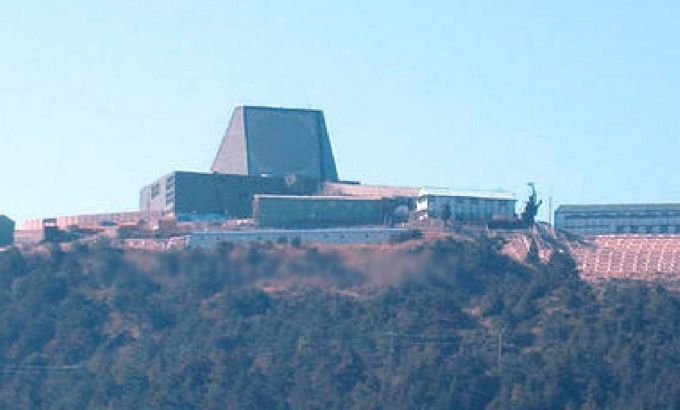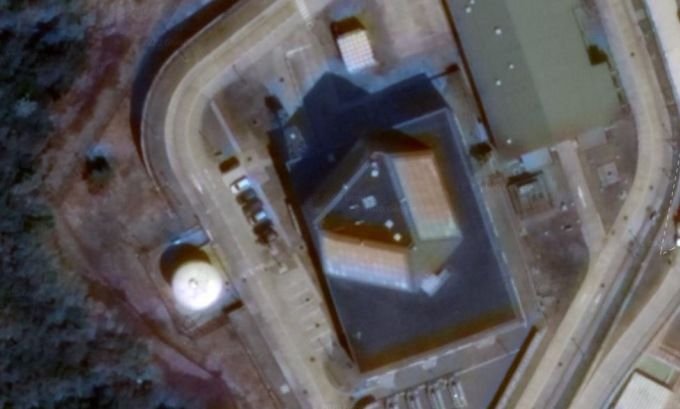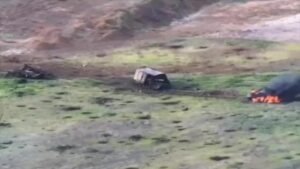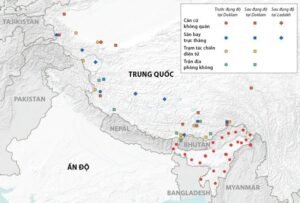
Billion-dollar 'magic eye' helps the US detect Chinese missiles early 2
The AN/FPS-115 `Pave Paws` long-range surveillance radar, developed by the US for the early detection of ballistic missiles and aircraft, is playing an increasingly important role in Taipei and Washington amid tensions.
Experts believe that the Pave Paws system located on the top of a 2,600 m high mountain in Hsinchu district, northern Taiwan island, will be a `magic eye` to help early warn of China’s ballistic missile attacks targeting the islands.
Pave Paws radar station is located in the north of Taiwan island.
The US agreed to sell an AN/FPS-115 system to Taiwan in 2000, it was installed in 2006 and put into service with the island’s defense force in 2013. The system is worth 1.4 billion USD and
The AN/FPS-115 system can detect ballistic missiles launched from a distance of 5,000 km and capture targets with high accuracy from a distance of 2,000 km.
Observers believe that the role and features of the AN/FPS-115 `magic eye` make it China’s top attack target in its potential plan to reclaim Taiwan by force.
However, even if this scenario plays out, the Pave Paws system still brings a lot of important information to Taiwan and the US.
`The island has invested a lot of resources to protect the radar cluster, including a missile shield including the Patriot III long-range air defense system, Thien Cung 2 and 3 domestic air defense complexes, and early warning aircraft.
Taipei also appears to have installed satellite positioning jamming systems around the Pave Paws radar station to prevent the Chinese military from obtaining its exact coordinates.
Many Taiwanese people have criticized the appearance of Pave Paws, saying that it is a US radar facility and does not contribute to the island’s defense capacity. The cost of deploying and operating this system has also been highlighted.
In addition to the initial amount of 1.4 billion USD, Taiwan also has to spend nearly 25 million USD/year to maintain and maintain the operation of the AN/FPS-115 system.

AN/FPS-115 radar cluster on satellite image.
Su Tzu-yun, professor of strategic studies at Tamkang University in Taipei, said intelligence sharing between the US and Taiwan is very important in the context that the Taiwan Strait is becoming a hot spot at risk of an outbreak.
`Pave Paws has very strong capabilities, it can detect attacks by ballistic missiles launched from submarines. Sharing real-time data with the US allows this radar system to track targets, supporting
Beijing is increasing its military presence in the East and South China Seas to compete with Washington’s activities in the region.
Ou Si-fu, an expert at the Taiwan Institute for Security and Defense Studies, said Chinese submarines can hide in the East Sea to avoid pre-emptive attacks and become an effective deterrent when needed.
`Beijing’s new generation submarines can carry JL-3 ballistic missiles with an estimated range of up to 14,000 km, threatening most of the US territory. That makes the radar system in Taiwan become more difficult.






